Best Seasons for Siding Service
Selecting the optimal time for siding service can influence the quality and longevity of the installation or repairs. Weather conditions, temperature, and humidity levels are critical factors that impact siding work. Proper timing ensures materials adhere correctly and reduces the risk of issues such as warping or moisture intrusion.
Spring offers moderate temperatures and lower humidity, ideal for siding installation and repairs. This season allows for thorough work before the heat of summer or cold of winter.
Summer provides longer daylight hours, but high temperatures and humidity can affect siding materials and curing times. Early summer is preferable to avoid heat stress.
Fall features cooler weather and dry conditions, making it a favorable time for siding services. It allows for completion before winter sets in.
Winter typically presents cold temperatures, snow, and ice, which can hinder siding work and compromise material performance. However, mild winter days may still be suitable in certain climates.
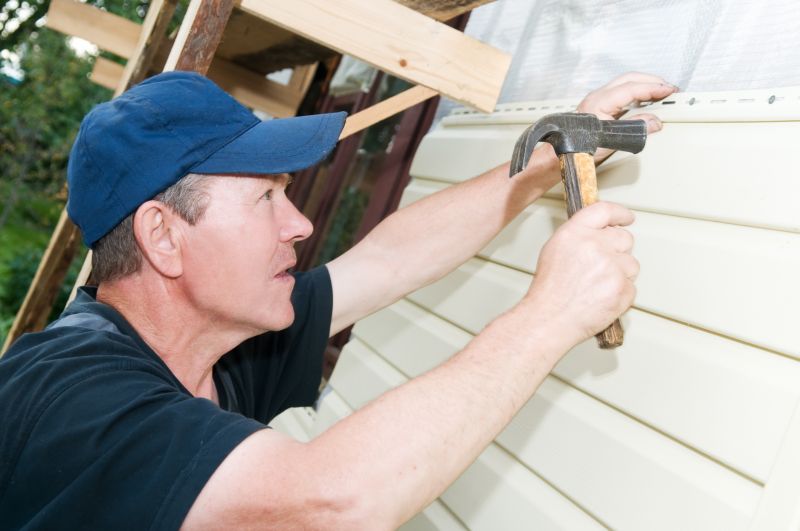
A contractor installing siding during spring, with clear skies and mild temperatures.
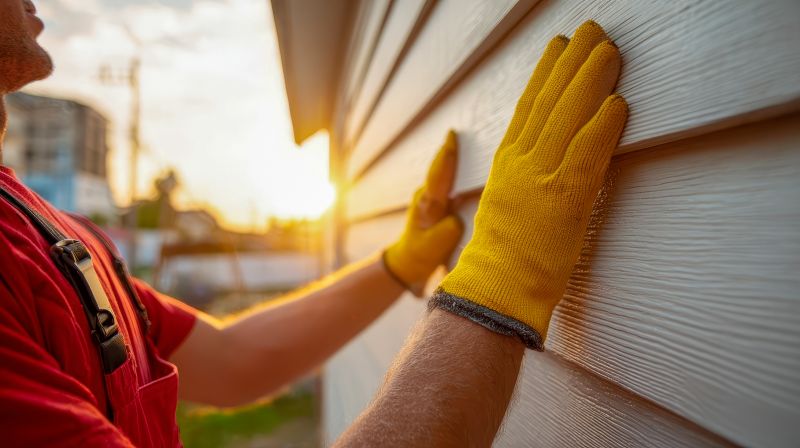
A worker performing siding repair on a sunny summer day, emphasizing the importance of timing.

A homeowner inspecting siding in autumn, preparing for upcoming colder months.
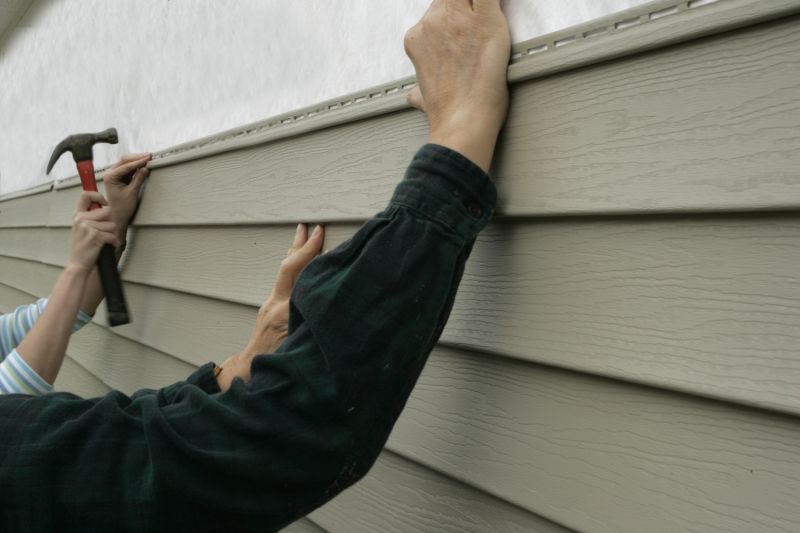
A siding project underway during winter with protective measures in place.
| Season | Ideal For |
|---|---|
| Spring | Installation and repairs with moderate weather |
| Summer | Repairs, with caution due to heat |
| Fall | Installation and preparation for winter |
| Winter | Limited, suitable in mild conditions |
Siding service involves the installation, repair, and maintenance of exterior wall coverings that protect buildings from weather elements. Proper timing ensures siding materials are installed or repaired under optimal conditions, which can extend their lifespan and improve performance. Advances in siding materials, such as vinyl, fiber cement, and wood, require specific environmental conditions for installation to prevent issues like warping, cracking, or moisture intrusion.
Statistics indicate that scheduling siding work during favorable weather can reduce maintenance costs and improve durability. For example, siding installed in spring or fall experiences fewer delays and weather-related problems. Properly timed service also minimizes the risk of damage caused by extreme heat or cold, ensuring a more secure and aesthetically pleasing finish.

A crew installing new siding during mild spring weather.

A technician inspecting siding in autumn to prepare for winter.
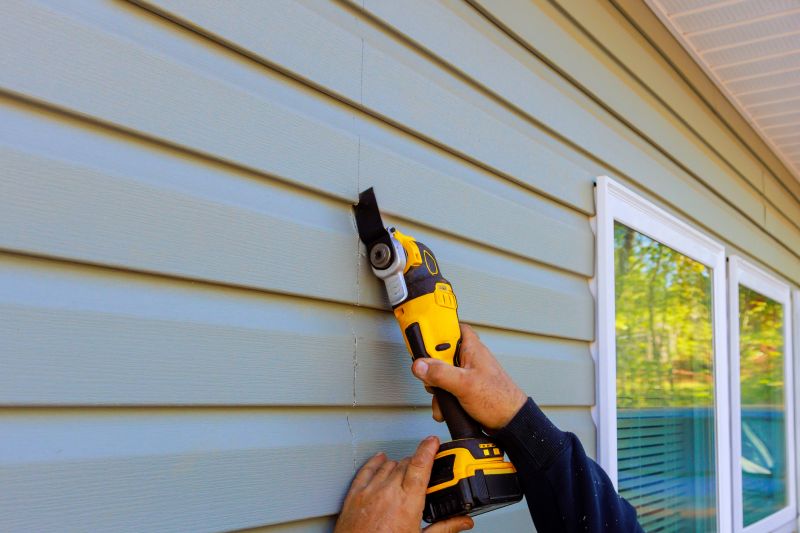
A contractor repairing siding on a sunny summer day.
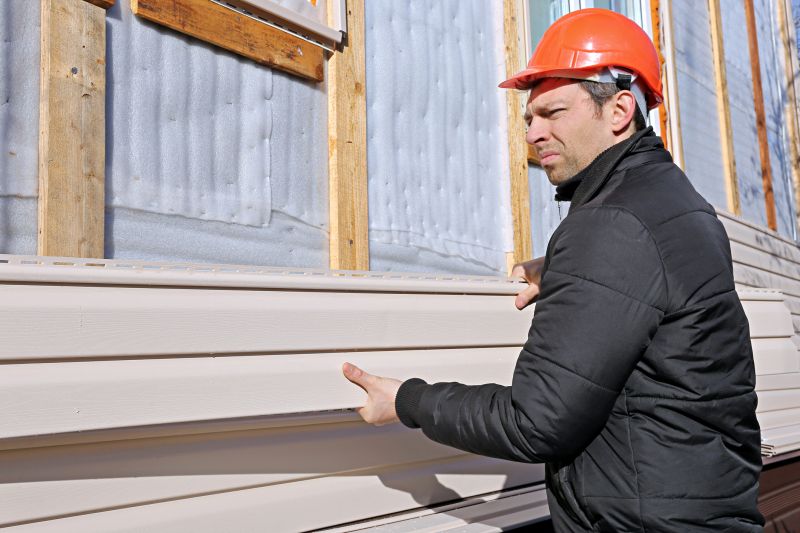
A siding repair taking place during winter with protective coverings.
Interested in scheduling siding service at the optimal time? Filling out the contact form can provide tailored recommendations based on local climate conditions and specific project needs. Proper timing can enhance the durability and appearance of siding, ensuring it performs well for years to come.


